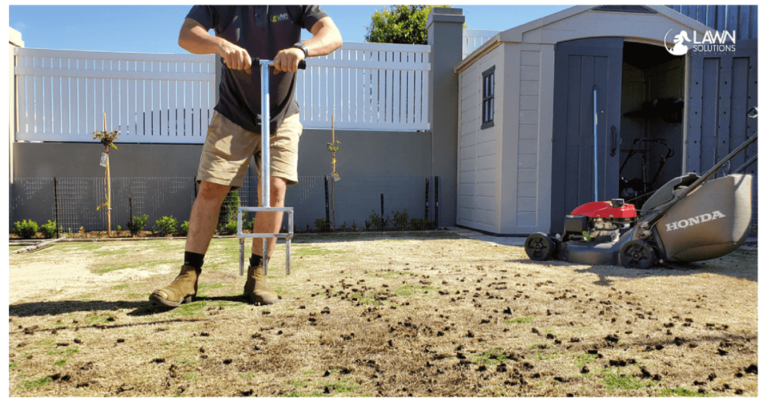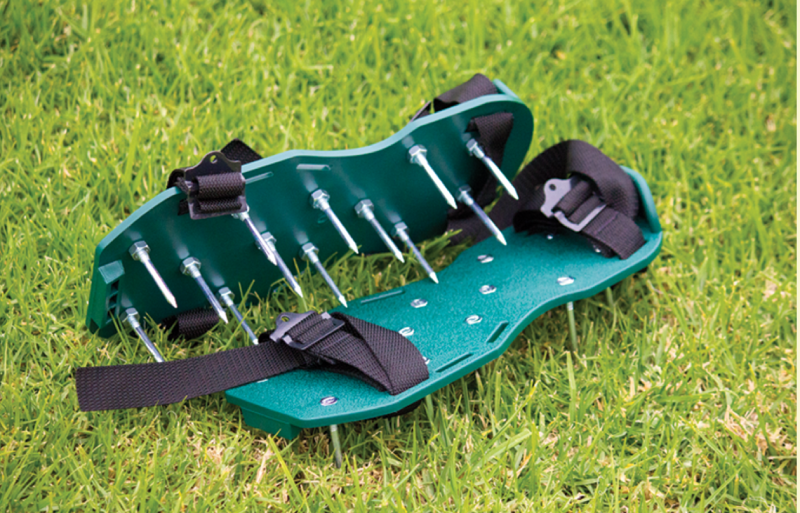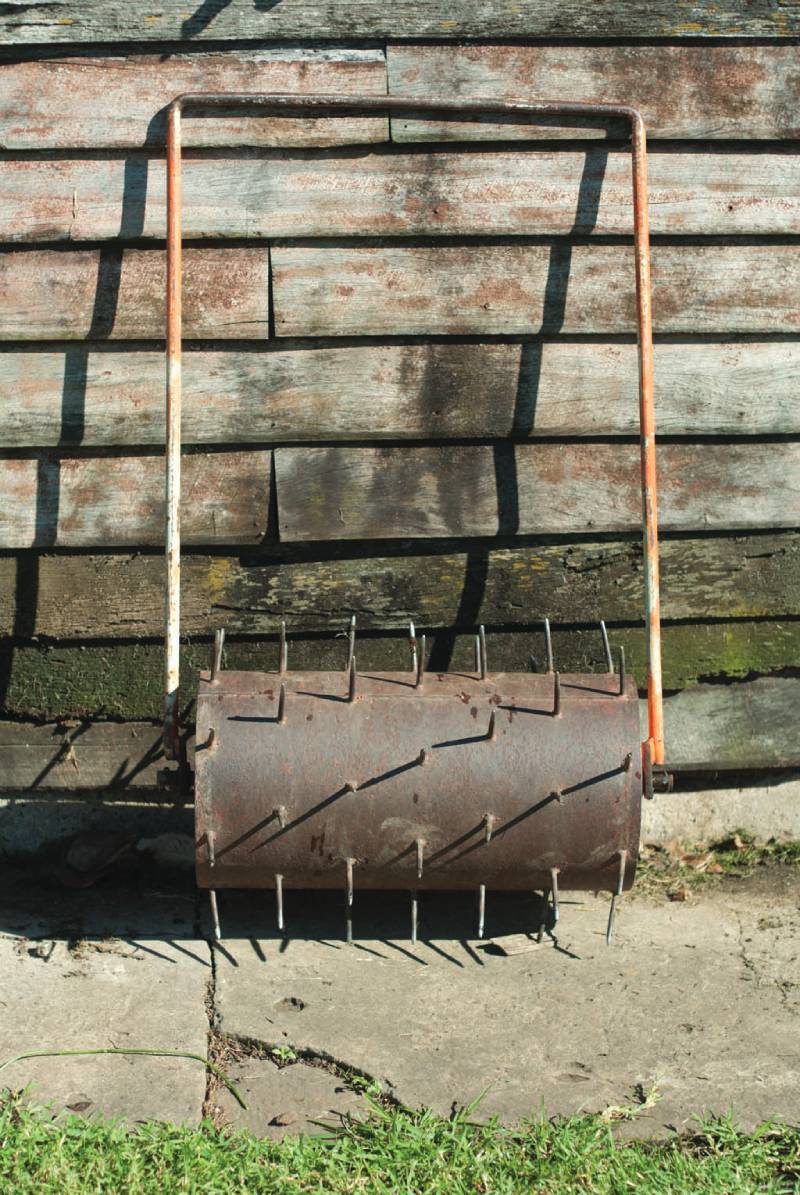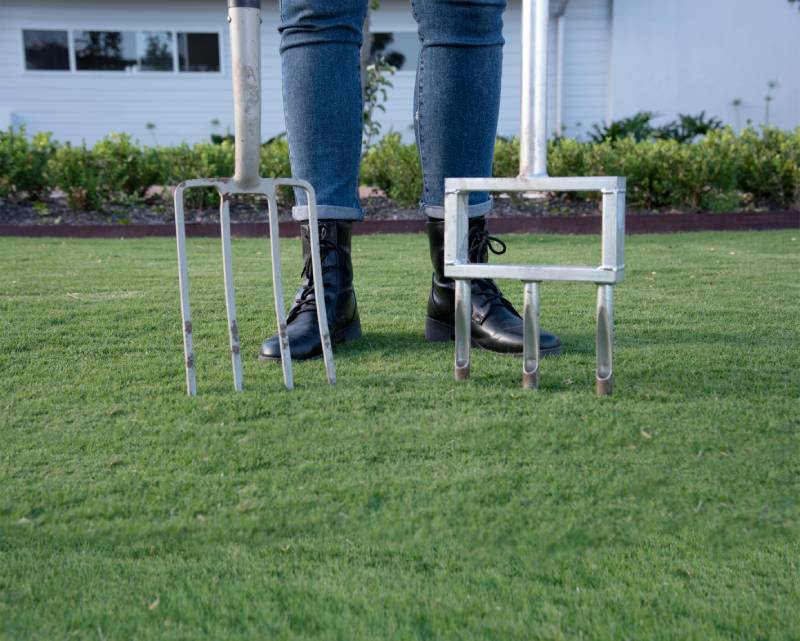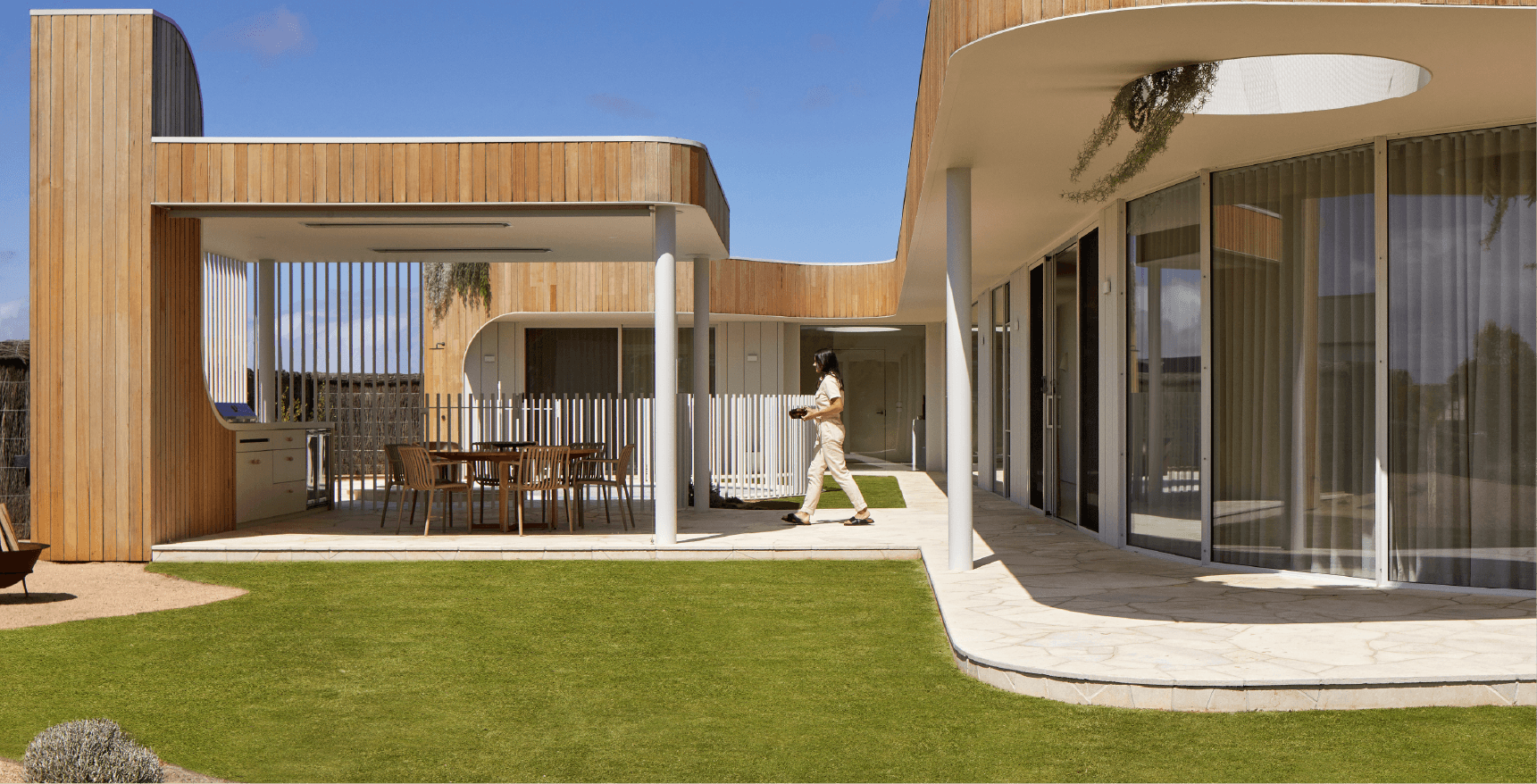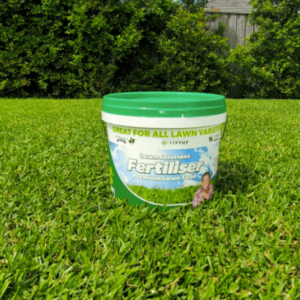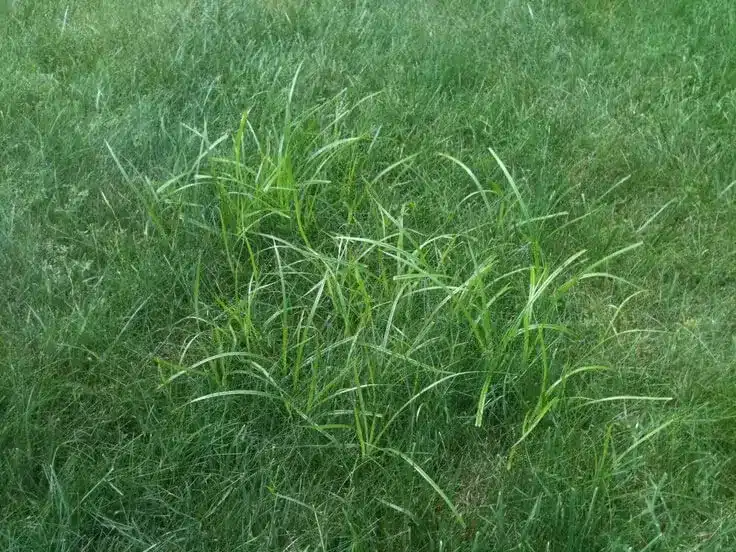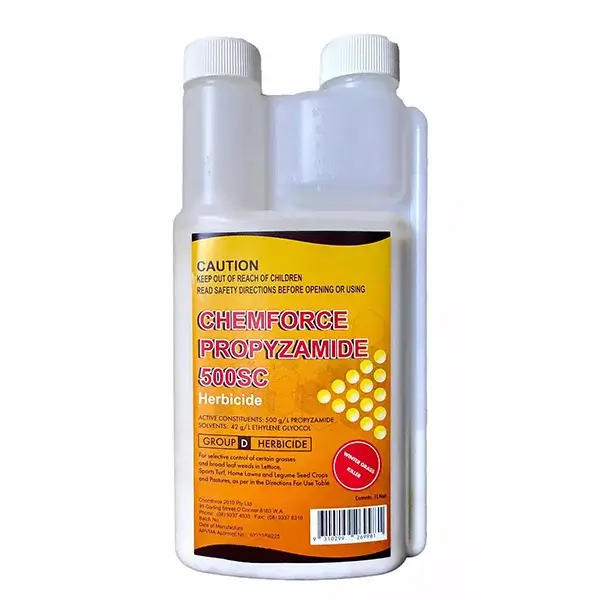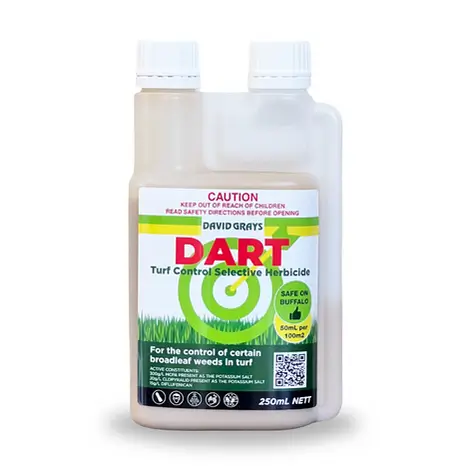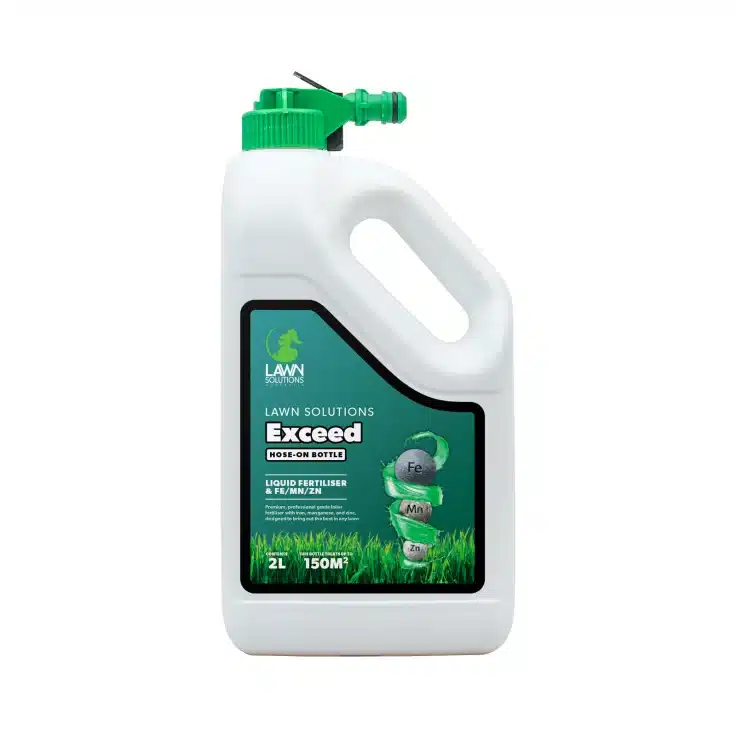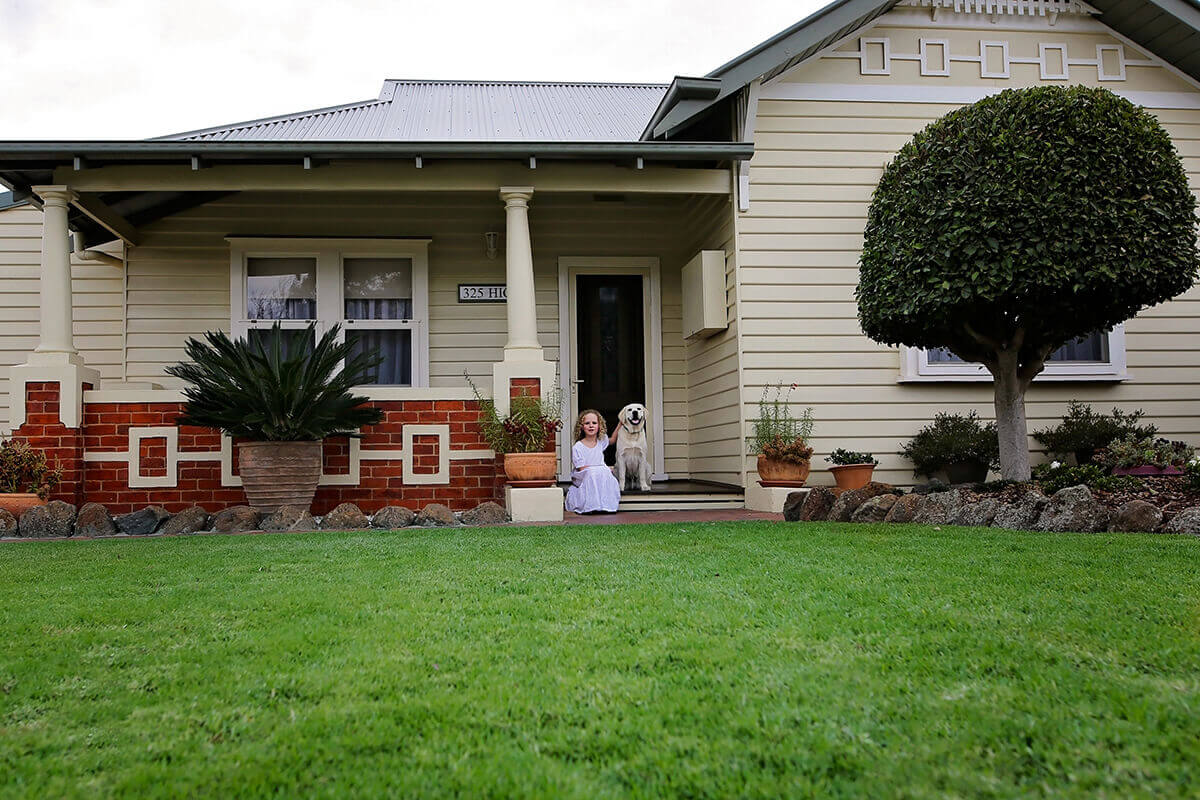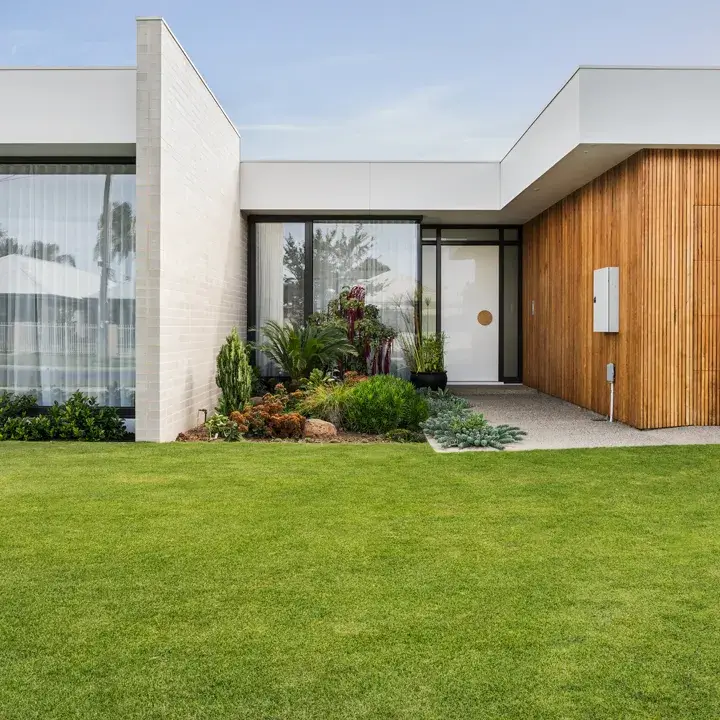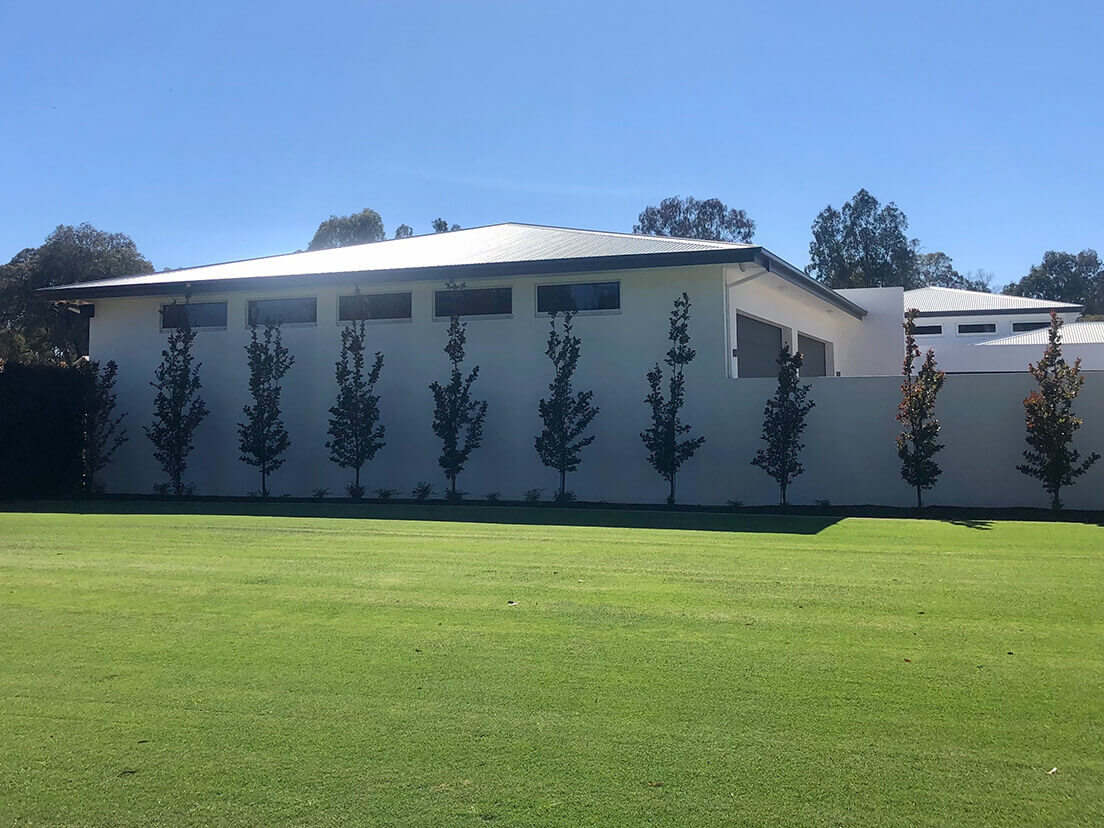In Australia, it’s not unusual to go very long periods without adequate rainfall - especially over summer.
While there are lawn types that are the super heroes of watersmart grasses bred to be drought-tolerant and thrifty on the drink, all natural turf landscapes do however need some degree of irrigation to survive our long hot summers.
But there is one other tricky element that can sometimes cause confusion and leave you scratching your head if you are watering more than you usually might and your summer lawn is not responding or improving. But don't fear - we've got a simple solution for you - lawn aeration! It may be you have compacted soils (especially so in high traffic areas in busy backyards!), which risks restricting water, oxygen and nutrients from getting into the root system, preventing your lawn from benefiting from any of your good intentions to increase your watering.
Core aeration is just another way of aerating your lawn. Using a large aerating machine, you can unclog compacted soil across large areas to promote a healthier, thicker lawn.
What is core aeration?
Core aeration uses a mechanical aerator to aerate the lawn as opposed to a garden rake or aerating sandals.
A lawn aerator removes plugs of soil and punches holes into the ground at the same time – removing compacted soil and letting air, water and nutrients in.
As the hollow tubular teeth of the aerator drives into the ground, soil is drawn up the centre. Aerators leave behind a bigger hole than spike aerators, and drops the soil plug onto the surface of the lawn where it can be redistributed or used as an active top dressing.
While traditional DIY methods of aeration are great, they aren’t as effective as a lawn aerator. That’s because these machines create holes of perfectly equal diameter and can cover larger areas quicker, with more precision.
What does core aeration do?
Core aeration reduces soil compaction and helps manage thatch build-up.
A healthy soil is studded with air pockets, allowing grassroots to feed on oxygen, water and fertiliser. When this soil becomes compacted (which can happen after extended dry spells, heavy foot traffic, or when waterlogged) these pockets of air fill up, resulting in tightly packed soil.
When soil is packed together, the grassroots cannot breathe! And when you have a thick layer of thatch on top of this, your lawn is crying out to be aerated.
Core aeration removes thousands of soil plugs and deposits them on top of thatch. When the soil plugs break down, the mix of soil and thatch encourages decomposition which will help your lawn to grow back stronger. At the same time, core aeration allows grassroots to grow strong, encouraging thicker growth and a more lush looking lawn.
When should I core aerate my lawn?
Spike aerators are fine if you have a relatively smaller yard space or if your soil isn’t really compacted. But since they don’t remove soil plugs, they could make compaction worse.
If you have severely compacted soil, then you should consider using or hiring a lawn aerator.
Core aerating your lawn will break up compacted soil and at the same time aerate your lawn to encourage healthy root growth.
You can core aerate your lawn any time of the year, but it’s best not to expose your aerated lawn to cold winter weather. Of course, this all depends on your location, level of compaction and your soil and lawn type.
If you’re not sure about local conditions, you can give us a yell and someone from our Coolabah Turf team will be glad to help.
Is core aeration worth it?
In short - Yes!
The benefits of core aeration include:
- Better growth habits: A core aerator removes plugs and aerates your lawn. This gets rid of soil compaction and gives your lawn a better chance at receiving vital nutrients such as air, water and fertiliser.
- Stronger root system: When soil is compacted, it creates a shallow root base making your lawn more susceptible to weeds and weaker growth. Core aeration gives grassroots a boost, promoting thicker, healthier and stronger growth.
- Weed resistance: Compacted soil leads to nasty weeds. A core aerator will promote new turf growth and make your lawn less prone to a weed invasion.
- Drought protection: Core aeration encourages deeper root growth, making your lawn more drought-tolerant. If you do happen to go through a long dry spell, your lawn’s roots will be able to secure water from deeper below the surface.
- Saving on your water bill: Core aeration helps your lawn to store water. This means your water won’t be going to waste.
One of the only disadvantages of core aerating is that it leaves soil plugs on the turf which can look unsightly. However, you can use this soil as a top dressing or simply break the plugs up with a mower once they’ve dried out. If you are wanting to use the plugs as a top dressing, just make sure you leave them for 1-2 weeks. This will give them enough time to break down and feed nutrients back to your lawn’s roots.
A final note on core aeration
Of all the things that promote a healthier, thicker lawn, core aeration is one of them!
Using a lawn aerator, you can remove heavily compacted soil without the need for costly landscaping. The biggest benefit of core aeration is that it aerates your lawn and removes soil plugs at the same time. You can then use these discarded plugs to re-dress your lawn. Core aeration is a more reliable way to aerate your lawn, as it doesn’t create compaction around the holes.
When it comes to the best time to core aerate, it depends on your location and soil/lawn type. Weather plays a role in soil compaction, along with certain soils such as heavy clay - which can be more susceptible to compaction.
If you have any questions or concerns regarding core aeration and your lawn, don’t hesitate to touch base with us!

